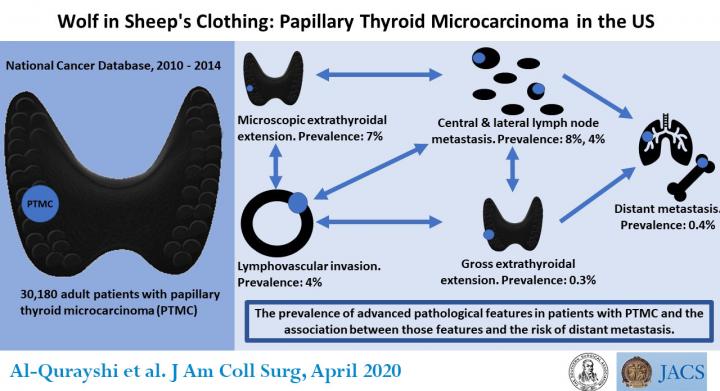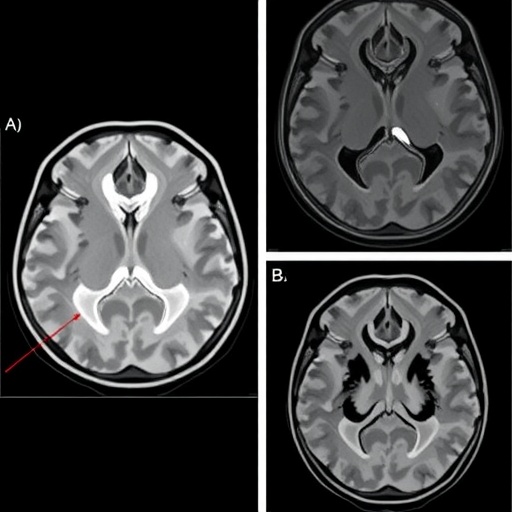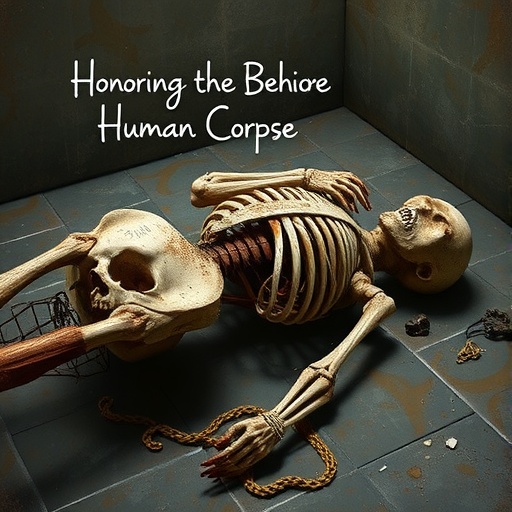Study findings in Journal of the American College of Surgeons support the need for new forms of preoperative testing to find high-risk tumors and thorough patient counseling about all treatment options

Credit: American College of Surgeons
CHICAGO (March 6, 2020): Although papillary thyroid carcinoma is the most common form of thyroid malignancy, it is considered to be an indolent disease that progresses slowly and has an excellent prognosis. Patients, therefore, may be monitored on a regular basis rather than undergo a surgical procedure at the outset. But results from a new large-scale study show that in nearly 20 percent of patients, papillary thyroid tumors less than 1 cm in size had pathological signs of more aggressive disease that increased the risk that these patients might develop distant metastasis (spread of the disease to other areas of the body away from the primary site of cancer). The study demonstrates the need for developing sophisticated tests that will find patients with these pathological signs early on and for them to be counseled on all treatment options, including immediate surgical removal of part or all of the thyroid gland. The research study appears in an “article in press” on the Journal of the American College of Surgeons website in advance of print.
Thyroid carcinoma is the most common malignancy of the endocrine system, and the papillary form of the disease accounts for 70 to 90 percent of these malignancies. Papillary thyroid microcarcinoma (PTMC) is a specific subgroup of papillary thyroid carcinoma that accounts for 30 percent of all papillary thyroid malignancies.1,2
The prognosis for patients with PTMC is good; the disease is responsible for only 3 percent of all deaths from thyroid cancer and 5 percent of deaths of patients with papillary thyroid carcinoma.2 The indolent course of the disease is shown by the relatively high prevalence of PTMC in autopsies of individuals who died of other causes (3 to 36 percent) and comparable clinical outcomes for patients whether they underwent an operation or not.3 The American Thyroid Association’s 2015 guidelines for treatment of PTMC support surgical removal of the thyroid gland of patients with PTMC. The guidelines also, however, discuss active surveillance or regular intensive monitoring and repeat testing, and at least one clinical trial recommended observation of patients with PTMC.4,5
Patients with suspected PTMC typically have preoperative ultrasound or biopsy. However, pathological features of aggressive disease can be found only on a full examination of tissue removed at the time of surgery.
“In general, PTMC tumors are not aggressive and not likely to affect overall survival. However, there are subsets within the patient population who may develop more serious cancers that could be life-threatening. With that in mind, we looked specifically at the risk of distant metastasis and the pathological profiles of patients with PTMC,” said lead author of the study Zaid Al-Qurayshi, MD, MPH, department of otolaryngology-head and neck surgery, University of Iowa Hospitals and Clinics, Iowa City.
The researchers retrospectively analyzed 30,180 adult patient records in the National Cancer Database (NCDB) who were treated for PTMC between 2010 and 2014. NCDB is a joint program of the Commission on Cancer of the American College of Surgeons and the American Cancer Society. Among these patients, 5,628 (18.7 percent) exhibited pathological signs of advanced disease, such as central lymph node metastasis (8 percent), lateral lymph node metastasis (4.4 percent), microscopic disease outside of the thyroid (6.7 percent), gross disease outside the gland (0.3 percent), invasion of the lymphatics and blood vessels (4.4 percent), and distant metastasis (.04 percent).
The presence of some of these pathological features was associated with spread of the disease or a lower survival rate. “The death rate for patients with disease in the lymph nodes was 3 times higher, and it was 6 times higher for those with distant metastasis or spread to the lungs,” said Emad Kandil, MD, FACS, a study coauthor and a professor of surgery in the department of surgery, Tulane University School of Medicine, New Orleans, La.
“Having a lymph node metastasis triples the risk of having distant metastasis. Extrathyroidal extensive has a 5-fold risk of spreading to the lymph nodes and a 9-fold risk of distant metastasis. These factors are all connected,” Dr. Kandil said.
“The study provides a good, general perspective about the landscape of PTMC. More granular, clinical data are needed to help understand the risk factors for advanced disease and develop a preoperative test that could identify these patients who have them,” Dr. Al-Qurayshi said.
Dr. Kandil’s laboratory is currently testing a panel of genes that may tell which cancers will progress and which will not. In the meantime, all patients with PTMC should be carefully counseled.
“We don’t have enough information at this time to confirm how the disease may progress. However, we do need to let patients know about the possible presence of aggressive disease and all their options for treatment,” Dr. Kandil concluded.
###
The other study coauthors are Naris Nilubol, MD, FACS, and Ralph P. Tufano, MD, FACS.
“FACS” designates that a surgeon is a Fellow of the American College of Surgeons.
This study was presented at the Southern Surgical Association 131st Annual Meeting, Hot Springs, VA, December 2019.
Authors have no disclosures related to this study.
Citation: A Wolf in Sheep’s Clothing: Papillary Thyroid Microcarcinoma in the United States. Journal of the American College of Surgeons.
1Thyroid Cancer; National Cancer Institute (USA).
2Hay ID, Hutchinson ME, Gonzalez-Losada T, et al. Papillary thyroid microcarcinoma: A study of 900 cases observed in a 60-year period. Surgery. 2008;144(6):980-7; discussion 987-8.
3Lim H, Devesa SS, Sosa JA, Check D, Kitahara CM. Trends in thyroid cancer incidence and mortality in the united states, 1974-2013. JAMA. 2017;317(13):1338-1348.
4Haugen BR, Alexander EK, Bible KC, et al. 2015 American Thyroid Association management guidelines for adult patients with thyroid nodules and differentiated thyroid cancer: The American Thyroid Association guidelines task force on thyroid nodules and differentiated thyroid cancer. Thyroid. 2016;26(1):1-133.
5Miyauchi A: Clinical trials of active surveillance of papillary microcarcinoma of the thyroid, World J Surg. 2016; 40: 516-522. Published online 2016 Jan 7. doi: 10.1007/s00268-015-3392-y.
About the American College of Surgeons
The American College of Surgeons is a scientific and educational organization of surgeons that was founded in 1913 to raise the standards of surgical practice and improve the quality of care for surgical patients. The College is dedicated to the ethical and competent practice of surgery. Its achievements have significantly influenced the course of scientific surgery in America and have established it as an important advocate for all surgical patients. The College has more than 82,000 members and is the largest organization of surgeons in the world. For more information, visit http://www.
About the National Cancer Database
The nationally recognized National Cancer Database (NCDB)–jointly sponsored by the American College of Surgeons and the American Cancer Society–is a clinical oncology database sourced from hospital registry data that are collected in more than 1,500 Commission on Cancer (CoC)-accredited facilities. NCDB data are used to analyze and track patients with malignant neoplastic diseases, their treatments, and outcomes. Data represent more than 70 percent of newly diagnosed cancer cases nationwide and more than 34 million historical records.
Media Contact
Sally Garneski
[email protected]
312-202-5409




